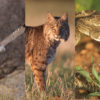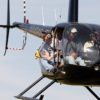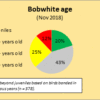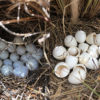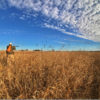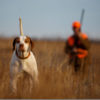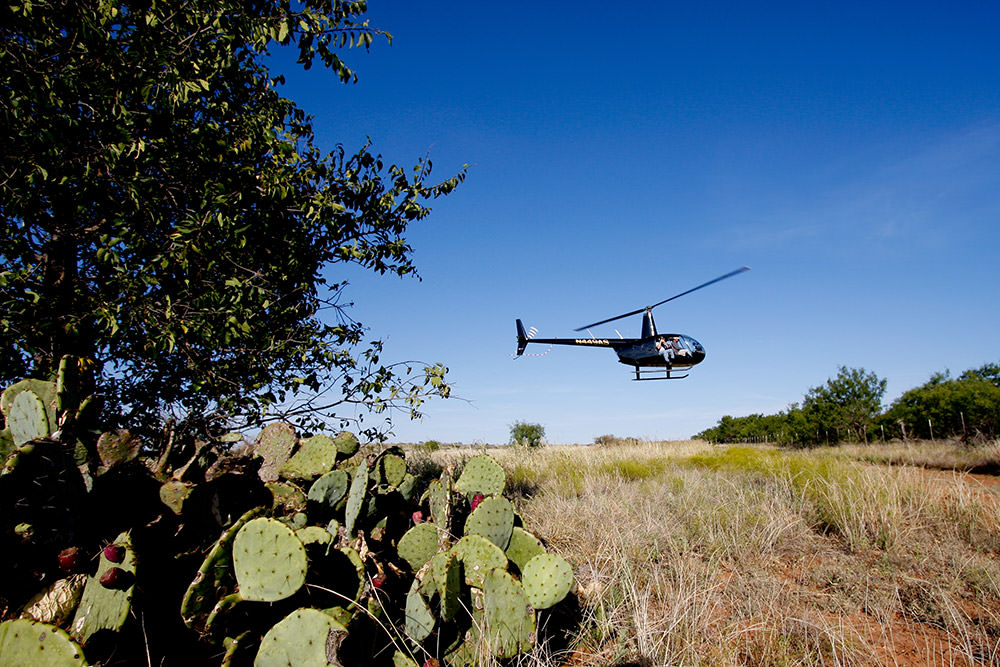
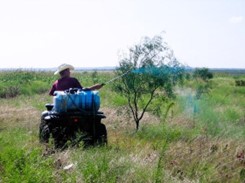 With summer arriving, it’s a good time to control mesquite in a targeted fashion. Honey mesquite can provide food and shelter for quail, but it is more often seen as a nuisance rather than a beneficial plant. Quail generally prefer a low-growing shrub over a “tree” per se. accordingly, some type of “mesquite manipulation”, e.g., half-cutting or a growing-season prescribed fire to make the mesquite’s growth form more “bushy” may be desirable.
With summer arriving, it’s a good time to control mesquite in a targeted fashion. Honey mesquite can provide food and shelter for quail, but it is more often seen as a nuisance rather than a beneficial plant. Quail generally prefer a low-growing shrub over a “tree” per se. accordingly, some type of “mesquite manipulation”, e.g., half-cutting or a growing-season prescribed fire to make the mesquite’s growth form more “bushy” may be desirable.
Seeds of mesquite are relished by quail, especially when the mesquite bean pods are digested by livestock or other wildlife. Once the bean pod is digested, the seed can be found in the manure and then made available for quail.
If mesquite is not properly managed, a grassland/shrubland will transition into a mesquite forest. Once a landscape transitions into a mesquite forest, the dominant grasses and forbs will shift to cool season annuals losing warm season grasses and forb diversity. Control efforts at this stage become quite expensive, especially if using mechanical means.
Here at the Rolling Plains Quail Research Ranch, we use herbicides to hand spray mesquite. We are using Sendero® on plants 8 feet in height or shorter. We use the “foliar” application method where each tree is “sprayed to drip” (see Leaf Spray Method | Texas Natural Resources Server (tamu.edu))., We use a 25-gallon sprayer on a UTV with a spray mixture consisting of a 1% solution of Sendero, i.e., add 1 quart of herbicide, 8 oz of surfactant (we use Dawn dish detergent), and (optionally) 8-16 oz of blue dye. Mixing instructions can be found here. Once plants reach above about 8 feet in height, or when tree density exceeds 300 plants/ac, individual plant treatment (IPT) is no longer recommended.
Another tool we are using to manage mesquite are “growing season” fires. Fires conducted in the summer months have shown to control small mesquite. Mesquite trees less than 3 years of age will be severely harmed and often killed. Trees that are greater than 3 years of age can be top killed but will resprout from the base. Trees that are top killed and resprout from the base often serve as better cover for quail than those that grow in a tree-like form.
Whether you are managing quail, deer, or livestock it is imperative to actively control mesquite on a yearly basis. In the blink of an eye, it will become a severe issue if you are not being proactive in your brush management. – Mitchell Riggs




